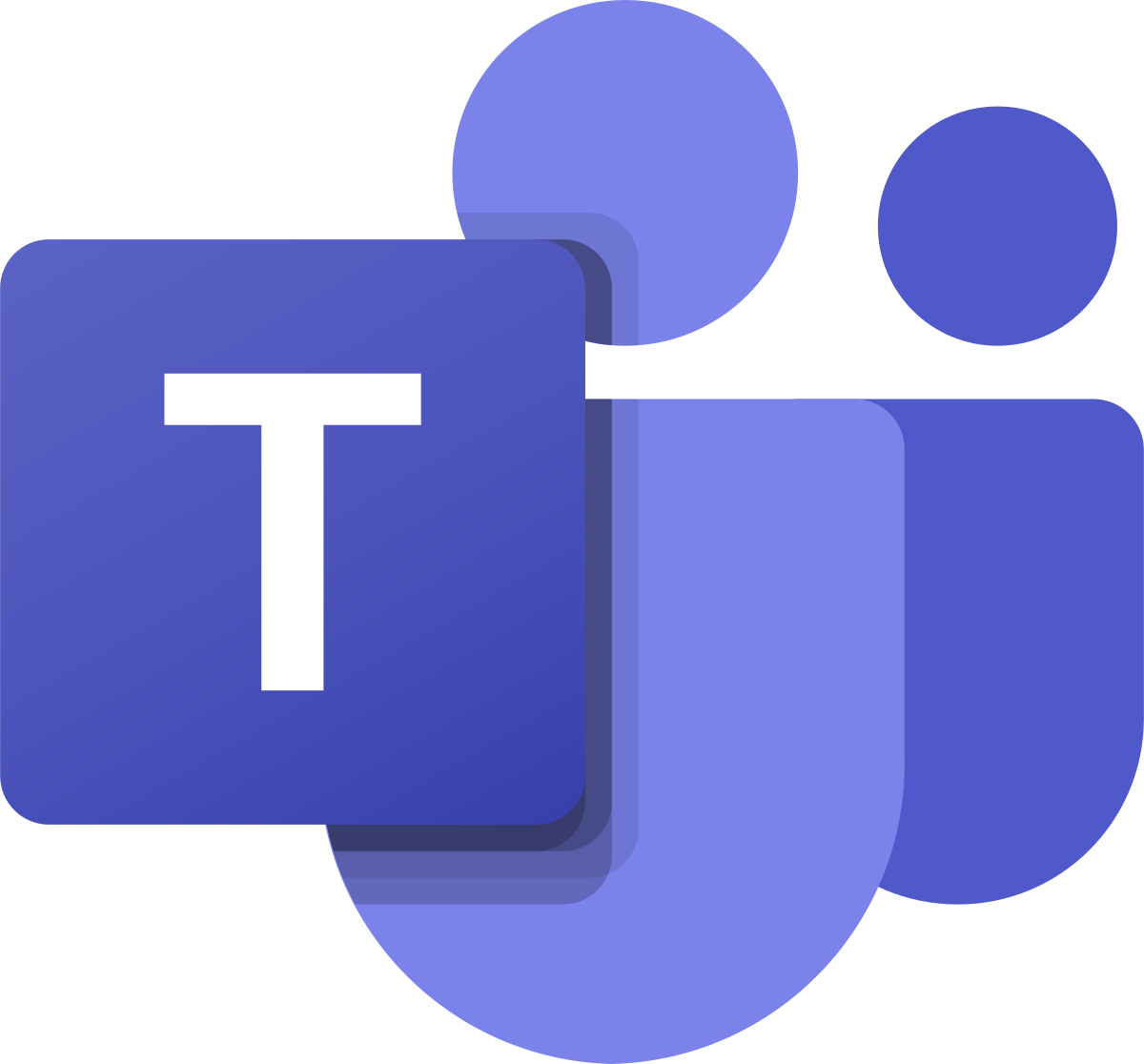Find tools to support online discussions using synchronous conversations or asynchronous discussion boards. All tools recommended by the LT Hub have passed aUBC Privacy Impact Assessmentand receive central technical and pedagogical support.
Synchronous Conversations
Synchronous discussions allow students to develop thoughts together in real time. This approach may pose barriers if students are in different time zones or have difficulty joining, but it can also be more engaging for students, with immediate feedback provided from peers.
General Tips
- Have a backup plan ready (like a discussion board), in case something goes wrong for students during a synchronous session.
- Consider the time zones your students are in when deciding times for synchronous sessions. TheStudent Timezones toolin Canvas provides an overview of your students’ availability.
- Before each discussion, tell students what topics will be covered, how they should prepare, and what they will be expected to do.
乐动体育app
Cost for use:
None
带宽需求:
High(a slow Internet connection may impact access)
Requirements for FIPPA compliant use:
None
Collaborate Ultra Breakout Groups
Create breakout groups during a Collaborate Ultra session to split a class (under 250) into up to 20 smaller groups.
What are the benefits?
- In breakout groups, students can discuss with a smaller group of classmates using video, audio, text chatting, and screen-sharing.
- You can manually assign breakout groups or have Collaborate Ultra randomly assign them. You can also enable students to switch between groups.
- You can upload and share different files with each breakout group to assign separate questions or instructions for discussion.
Cost for use:
Departments must provide funding per teaching team member
带宽需求:
Low(a slow Internet connection should not impact basic access)
Requirements for FIPPA compliant use:
None
Mattermost
Have students discuss topics through public channels, private group channels, and one-on-one direct messages via real-time chatting.
What are the benefits?
- You can set up discussion spaces of varying group sizes called channels that cover different topics, with students able to participate in one or multiple channels.
- Students can communicate quickly with each other using the real-time chat (similar to Slack), which can help quieter students who may not engage verbally participate more in discussion.
- Anyone can filter conversations by usernames, channels, and dates as well as hashtags.
Cost for use:
None
带宽需求:
Low(a slow Internet connection should not impact basic access)
Requirements for FIPPA compliant use:
None
Microsoft Teams
Set up a space where students can engage in real-time chatting and document collaboration.
What are the benefits?
- You can set up discussion spaces of varying group sizes called channels that cover different topics, with students able to participate in one or multiple channels.
- Students can communicate quickly with each other using the real-time chat (similar to Slack), which can help quieter students who may not engage verbally participate more in discussion.
- Teams also supports document collaboration, where files can be edited by multiple people at once, which can be helpful if you want discussions to result in a deliverable.
Cost for use:
None
带宽需求:
High(a slow Internet connection may impact access)
Requirements for FIPPA compliant use:
None; however, you should advise students not to sign in to free Zoom accounts, as these accounts store metadata about tool use on U.S. servers
Zoom Breakout Rooms
Create breakout rooms during a Zoom session to split a class into up to 50 smaller groups.
What are the benefits?
- In breakout rooms, students can discuss with a smaller group of classmates using video, audio, text chatting, and screen-sharing.
- You can manually assign breakout rooms or have Zoom randomly assign them. You can also reuse pre-existing breakout rooms.
- You can broadcast a message to all breakout rooms at once (e.g., to provide a question for discussion or countdown for discussion time).
Asynchronous Discussion Boards
While asynchronous discussions do not happen with the immediacy of real time, these conversations can let students pause more to reflect and allow for easier discussions across different time zones.
General Tips
- Prior to opening discussion, set ground rules that provide clear instructions and expectations for participation and etiquette.
- You can direct students to otherrules for being a respectful online presenceon the Keep Learning site.
- Have a clear purpose or focus for each discussion to promote thoughtful dialogue.
- For large courses, consider setting up separate discussions for smaller groups, so students can feel heard and meaningfully interact.
Cost for use:
None
带宽需求:
Low(a slow Internet connection should not impact basic access)
Requirements for FIPPA compliant use:
None
Canvas Discussions
Enable conversations for the entire class or for specific groups right in your Canvas course.
What are the benefits?
- You can create discussions for everyone or use group discussions that only group members can access, reply, and see postings for.
- You can require students to reply to a discussion before they can see other replies.
- Discussions can be ungraded or graded, and graded discussions will sync automatically with the Canvas gradebook.
Cost for use:
None
带宽需求:
Low(a slow Internet connection should not impact basic access)
Requirements for FIPPA compliant use:
Students have to agree to specific terms of use他们第一次创建一个帐户。你应该tell students Piazza is hosted on servers in the U.S. and the name they use with Piazza and metadata about how they use the application will be stored on servers outside of Canada.
Piazza
Host conversations with a tool that supports rich, wiki-like discussion boards.
What are the benefits?
- Questions and answers on Piazza can be co-edited, meaning that students can collaboratively edit and see how the question and answer evolve over time.
- Piazza can be part of your Canvas course navigation or included as part of a module, if you want to use the two tools together.
- Piazza has other interactive elements, like polls, which can be integrated into discussions to increase engagement.
 UBC Blogs
UBC Blogs
Cost for use:
None
带宽需求:
Low(a slow Internet connection should not impact basic access)
Requirements for FIPPA compliant use:
None
UBC Blogs Comments
Invite students to share their opinions and work on a course or individual website, which you and other students can comment on.
What are the benefits?
- If students host discussions using posts and comments on their own blog space, they can keep these conversations after the course is over.
- UBC Blogs allows content to be posted publicly, which can support discussions that include communities or individuals outside the course.





 UBC Blogs
UBC Blogs